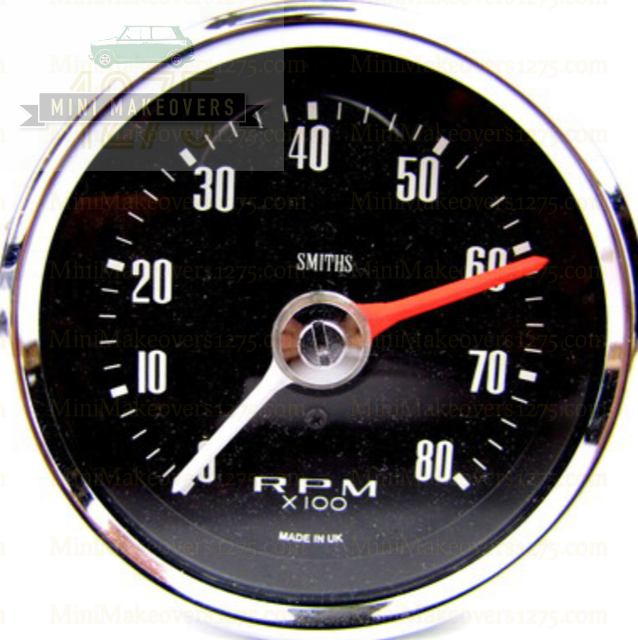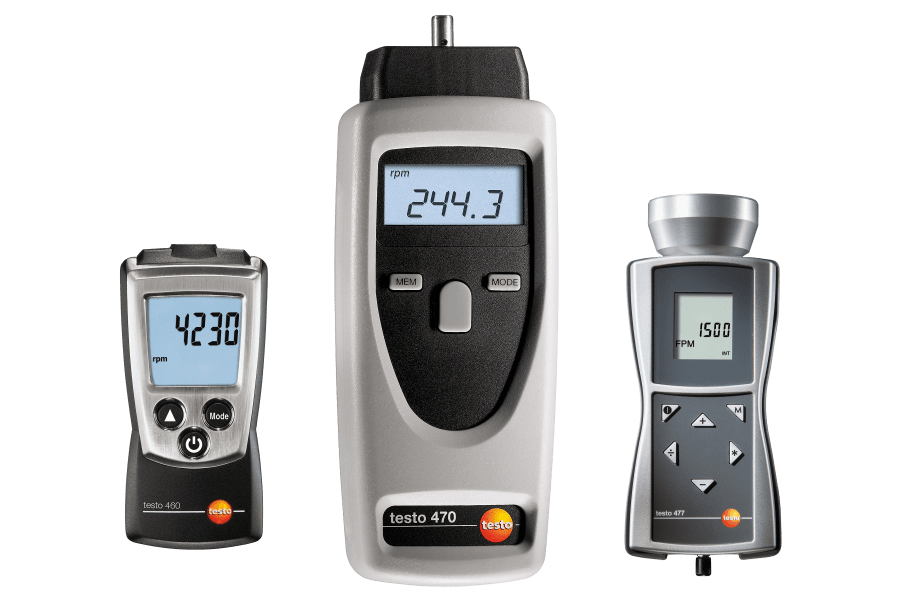Comprehensive Guide to Understanding and Making Use Of a Tachometer Properly
Comprehensive Guide to Understanding and Making Use Of a Tachometer Properly
Blog Article
The Importance of a Tachometer in Monitoring Engine Speed and Performance in Automotive Applications
In the realm of automobile engineering, the tachometer stands as a pivotal instrument in the motorist's collection, giving a direct home window right into the internal workings of an automobile's engine. Past its feature as a mere scale of transformations per minute (RPM), the tachometer acts as an essential device for enthusiasts and experts alike, providing real-time insights right into engine performance and health. Understanding the relevance of this gadget goes beyond surface-level monitorings, delving into the elaborate partnership in between engine speed, power outcome, and overall driving experience. As we check out the multifaceted duty of the tachometer in automobile applications, a much deeper appreciation for its effect on car characteristics and efficiency starts to emerge.
Relevance of Keeping Track Of Engine RPM
Keeping track of engine RPM, or revolutions per minute, is a critical facet of automobile maintenance and performance evaluation. Engine RPM directly associates with the speed at which the engine's crankshaft rotates, showing just how quickly the engine is running.
Furthermore, keeping an eye on engine RPM is vital for efficiency examination in auto racing and high-performance lorries. In recap, checking engine RPM is not only important for detecting issues yet also for maximizing engine efficiency in various automobile applications.

Benefits of Real-Time Data
In automotive applications, real-time information plays an essential duty in giving immediate insights into the performance and condition of the vehicle. By constantly keeping an eye on numerous criteria such as engine speed, temperature level, gas intake, and more, real-time data uses numerous benefits that add to boosted performance and security on the road.
Furthermore, real-time information facilitates efficiency optimization by supplying immediate comments on driving routines and engine effectiveness. Vehicle drivers can change their habits in real-time based on this information to accomplish far better gas economic situation and extend the life-span of their vehicle.

Additionally, real-time data plays a crucial function in modern-day auto diagnostics, making it possible for professionals to quickly diagnose and deal with breakdowns. This causes lowered downtime, reduced maintenance costs, and inevitably, boosted general automobile integrity and durability (tachometer). By utilizing the power of real-time data, auto stakeholders can make educated choices that favorably influence both the efficiency and longevity of the automobile
Influence On Equipment Shifts
Reliable gear shifts in automobile applications dramatically influence overall performance and driving experience. The tachometer plays an important role in enhancing gear changes by giving real-time engine speed data to the driver. When coming close to the redline on the tachometer, it indicates the motorist to upshift to stop over-revving the engine and triggering potential damages. On the other hand, downshifting at the right moment can help keep the engine in its power band, ensuring responsive acceleration when needed.
Moreover, the tachometer help in accomplishing smoother equipment transitions, especially in manual transmissions. By monitoring engine speed, drivers can implement gear changes at the optimum RPM range, reducing jerking movements and minimizing wear on the transmission components. This accuracy on useful link duty modifications not only enhances driving comfort however likewise adds to fuel effectiveness.
Enhancing Gas Effectiveness
Offered the important role the tachometer plays in maximizing equipment changes for efficiency and engine wellness, it straight adds to optimizing gas performance in automotive applications. By providing real-time comments on engine speed, the tachometer aids drivers in maintaining one of the most efficient RPM variety for fuel economy. When drivers consistently keep track of the tachometer and change their driving practices appropriately, they can avoid unneeded fuel consumption caused by over-revving or hauling the engine.
In addition, the tachometer aids chauffeurs identify the most fuel-efficient gear to be in at any given moment, avoiding the engine from working more difficult than necessary. In conclusion, the tachometer serves as an important tool in improving gas effectiveness by promoting optimum driving behaviors and determining areas for improvement in the lorry's efficiency.

Optimizing Engine Longevity
The tachometer's function in checking engine speed and performance is critical in making sure the longevity of auto engines. Keeping track of the tachometer allows vehicle drivers to remain within the advised RPM range for their automobile, protecting against unnecessary strain on the engine and expanding its lifespan.

Conclusion
In verdict, the tachometer plays a vital role in monitoring engine speed and performance in automotive applications. By supplying discover here real-time data on RPM, it enables effective equipment shifts, improved gas effectiveness, and made best use of engine long life. This tool is essential for maintaining optimal engine efficiency and making sure the general functionality of a car.
Report this page